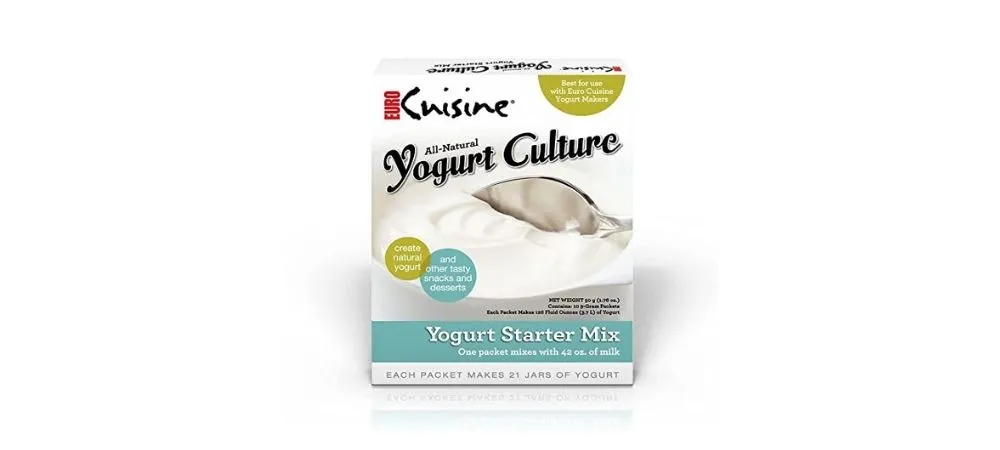Yogurt is a nutrition-packed snack that is popular among health freaks for its creamy texture and great taste. But, yogurt is not entirely free from carbohydrates. Indeed, different yogurts have different carb-count. Hence, if you are restricting your carb intake to lose weight, you need to be cautious while picking up the right yogurt for you.
A low-carb yogurt is typically from sweeteners and artificial flavors to keep its carb-restricted. When you are aspiring to lose weight and considering every source of carbohydrate intake, it Is crucial to understand that yogurt contains carbs.
Here are some essential factors to be considered before buying a low-carb yogurt:
- Read the label of the container carefully
- Yogurt should be free from artificial sweeteners.
- Choose a whole fat yogurt if you are on the keto
- Avoid naturally flavored yogurts as real fruit contain fructose.
- Be attentive to the listed serving size to assess the carbs in it.
- Take note of lactose in yogurt. Yogurt with high active cultures brings down the lactose level by converting them into lactic acid.
- Prefer a small size serving
What is the typical carb count for plain yogurt?

An average of 6-ounce of plain yogurt has a different carb count depending on the type of milk used to make it. Here are some typical carb counts:
- 12 g of carbs in low-fat yogurt
- 7g of carbs in whole milk Greek yogurt
- 13g of carbs in skim milk yogurt
- 8g of carbs in whole milk yogurt
How lactose affect the carbs in yogurt?
Lactose is a sugar that is found in milk. It is made up of galactose and glucose and is mainly found in the whey – the liquid portion of yogurt. Lactose in whey could be the primary source of carbohydrates in yogurt, depending on its type.
When the live cultures are added to the warm milk, yogurt forms, these bacteria convert the lactose into lactic acid to form the yogurt. While lactose is a sugar, lactic acid is not sugar.
Does lesser whey mean lesser carbs?
Yes, whey is consists of the lactose (which is the source of carbs) in yogurt. Liquid whey is high in protein as well. Yogurts such as Greek yogurts are strained three times to remove all the whey leading to a significant decrease in carbohydrates.
Why does the different yogurt have different carb count?

Due to the difference in ingredients and production methods, the carb count in yogurt is different. Some of the factors which affect the carb count in yogurts are as follows:
Due to the difference in production methods
When you make yogurt at home, due to the fermentation process, 12 grams of carbohydrates get reduced in a cup of milk to 4 grams with the change of lactose into lactic acid in the process of milk converting to yogurt. However, the commercially produced yogurt has more than 4 grams of carbohydrates as the fermentation process in commercially produced yogurts is stopped much earlier.
Due to added ingredients
While processing, many brands add additional ingredients to enhance the flavors which affect the carbs count. Forex: Non-fat milk is added to the nonfat plain yogurt to thicken its consistency. The milk sugar called lactose is present in the powdered milk, which adds back the carbohydrates.
However, whole milk yogurt is naturally thicker, and hence no additional ingredients are required to add. If you are looking for low-carb yogurt, whole milk yogurt is recommended over non-fat or low-fat yogurt.
The difference in Live Cultures count
Commercial yogurts are not kept under considerable warm temperatures and hence are not fermented as required, leading to the lesser conversion of lactose into lactic acid. Lesser the fermentation, the higher the carb content. When the live cultures stop growing at the time of final packaging, the fermentation stops leading to stable carb contents.
Choose the yogurt with longer fermentation so that the lactose is majorly consumed by bacteria leading to lesser carbs. Check out the labels to confirm that the live cultures are still present. Lactobacillus acidophilus and Streptococcus thermophilus are the two bacteria that should be present in the yogurt label.
Which is the best low-carb yogurt?
Choosing the best low-carb yogurt is not an easy deal. One has to take into account several measures: the presence of live cultures, production methods, ingredients used, etc. to conclude the best low-carb yogurt.
In general whole milk unflavored yogurt is considered the best low-carb yogurt. Avoid nonfat or low-fat yogurt as the added milk powder to enhance its texture increases the carb counts as well.
How to enjoy low-carb yogurt?
If you do not like the taste of low-carb yogurt, adding it to your diet could be challenging. Here are some of how you can add low-carb yogurt to your diet:
- Add your flavorings to the yogurt to make it delectable.
- Consider blending the green veggies to make a delightful green smoothie.
- Add small portions of low-carb fruits.
- Enjoy your low-carb yogurt with toppings like chia seeds, almonds, or walnuts.










